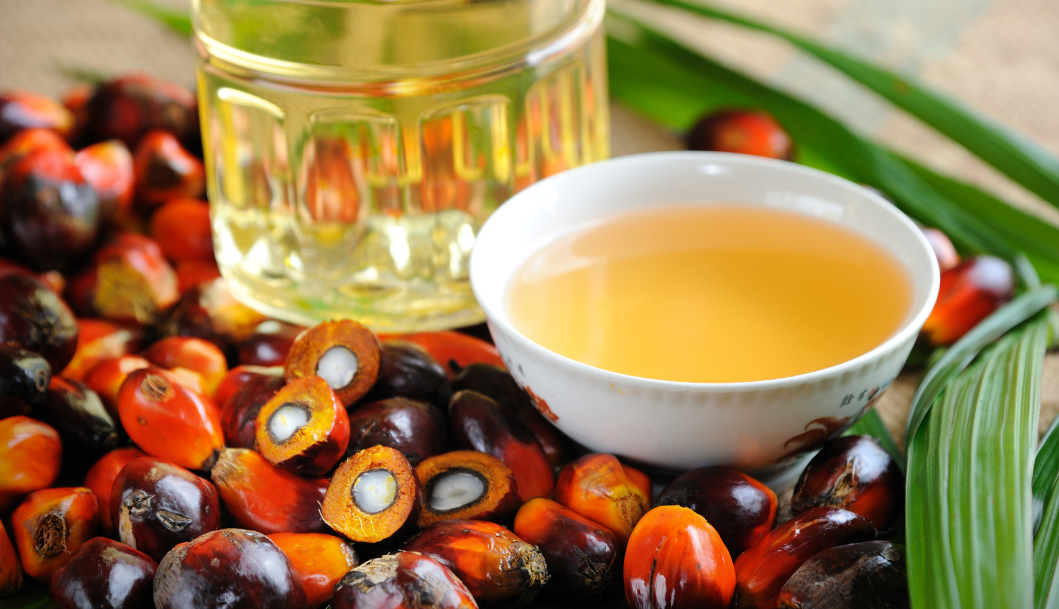Researchers Produce Biodegradable Plastic Film from Palm Oil Production Waste

Plastic pollution and the environmental impact of the palm oil industry are two significant concerns of the 21st century. However, a recent study published in the Current Research in Green and Sustainable Chemistry journal suggests a potential solution to both issues: a biodegradable plastic film made from waste produced during palm oil production.
Non-biodegradable single-use plastics, such as food wrappers and plastic bags, make up a substantial portion of the plastic produced each year. Additionally, approximately 19.8 million tons of waste palm oil fruit bunches are disposed of annually in Malaysia alone. To address this environmental challenge, researchers have developed a method to convert hemicellulose extracted from these waste bunches into biodegradable films for use in green packaging.
Hemicellulose, found abundantly in agricultural and biomass waste, is an ideal biopolymer for film manufacturing due to its flexibility, high water resistance, and low gas permeability. Since palm oil fruit bunches contain significant amounts of hemicellulose, they can be considered a potential raw material for producing green packaging materials.
Despite its many beneficial properties, hemicellulose has limitations, such as its brittle nature, which restrict its potential applications. To overcome this, researchers mixed hemicellulose with carboxymethyl cellulose (CMC), a non-toxic biopolymer readily available in the market. CMC has been known to improve the flexibility, mechanical properties, transparency, and moisture absorption of biopolymers.
By combining different proportions of hemicellulose extracted from palm oil fruit bunches with CMC, researchers were able to create biopolymer films of varying thicknesses (all less than one-tenth of 1 mm). After analyzing the physical and chemical properties of these films, they found that those containing 60% hemicellulose exhibited ideal characteristics for making biodegradable packaging materials.
This new material, made from hemicellulose and CMC, has the potential to be an affordable and abundant source of biodegradable polymer, offering a viable alternative to environmentally harmful non-biodegradable plastics. While the use of waste from the palm oil industry may not directly address issues of deforestation associated with the industry, it does add value to the crop by utilizing its by-products.
Furthermore, researchers believe that incorporating additives to make the hemicellulose-based films photocatalytically or electronically active could further expand their potential applications in the future.
Journal Reference:
Weerasooriya, P. R. D., et al. (2020) Exploring the properties of hemicellulose based carboxymethyl cellulose film as a potential green packaging. Current Research in Green and Sustainable Chemistry. doi.org/10.1016/j.crgsc.2020.05.001.
Source: https://www.sciencepod.net/





















